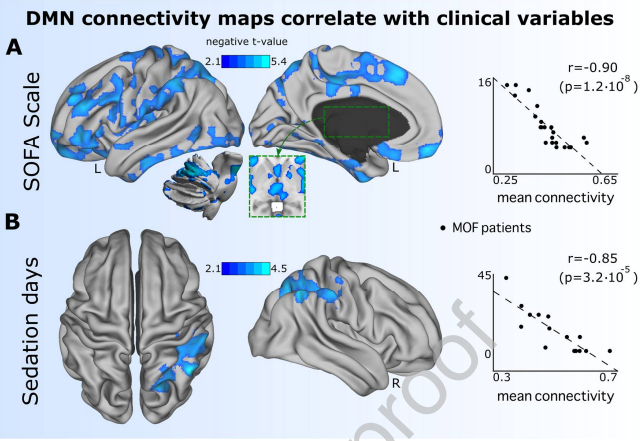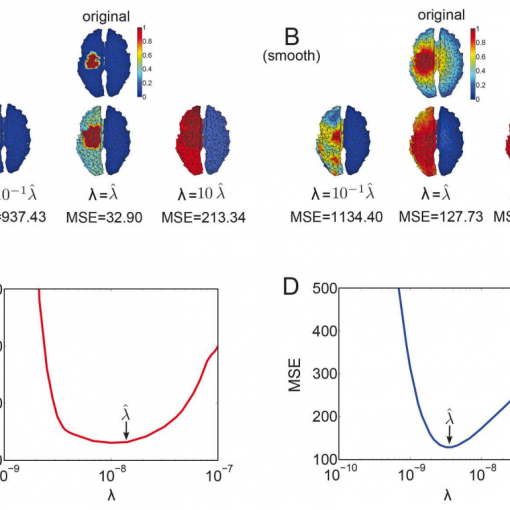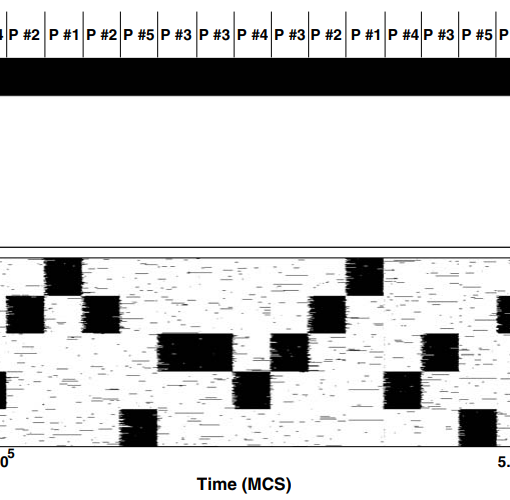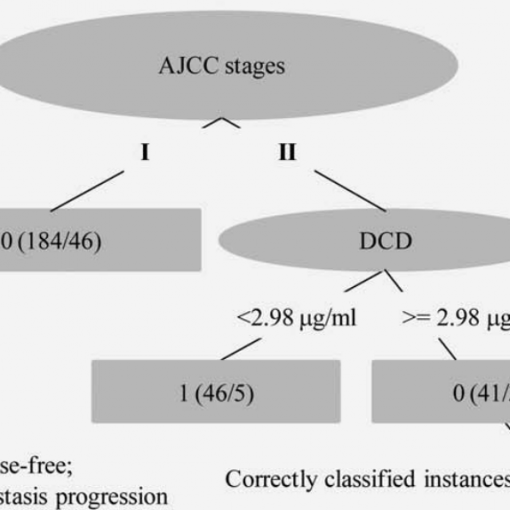Antonio Jimenez-Marin, Diego Rivera, Victoria Boado, Ibai Diez, Fermin Labayen, Irati Garrido, Daniela Ramos-Usuga, Itziar Benito-Sanchez, Javier Rasero, Alberto Cabrera Zubizarreta, Inigo Gabilondo, Sebastiano Stramaglia, Juan Carlos Arango-Lasprilla, Jesus M. Cortes.
Brain Connectivity And Cognitive Functioning In Individuals Six Months After Multiorgan Failure Neuroimage: Clinical 25: 102137, 2020 [pdf]
Abstract
Multiorgan failure (MOF) is a life-threating condition that affects two or more systems of organs not involved in the disorder that motivates admission to an Intensive Care Unit (ICU). Patients who survive MOF frequently present long-term functional, neurological, cognitive, and psychiatric sequelae. However, the changes to the brain that explain such symptoms remain unclear.
Objective
To determine brain connectivity and cognitive functioning differences between a group of MOF patients six months after ICU discharge and healthy controls (HC).
Methods
22 MOF patients and 22 HC matched by age, sex, and years of education were recruited. Both groups were administered a 3T magnetic resonance imaging (MRI), including structural T1 and functional BOLD, as well as a comprehensive neuropsychological evaluation that included tests of learning and memory, speed of information processing and attention, executive function, visual constructional abilities, and language. Voxel-based morphometry was used to analyses T1 images. For the functional data at rest, functional connectivity (FC) analyses were performed.
Results
There were no significant differences in structural imaging and neuropsychological performance between groups, even though patients with MOF performed worse in all the cognitive tests. Functional neuroimaging in the default mode network (DMN) showed hyper-connectivity towards sensory-motor, cerebellum, and visual networks. DMN connectivity had a significant association with the severity of MOF during ICU stay and with the neuropsychological scores in tests of attention and visual constructional abilities.
Conclusions
In MOF patients without structural brain injury, DMN connectivity six months after ICU discharge is associated with MOF severity and neuropsychological impairment, which supports the use of resting-state functional MRI as a potential tool to predict the onset of long-term cognitive deficits in these patients. Similar to what occurs at the onset of other pathologies, the observed hyper-connectivity might suggest network re-adaptation following MOF.





